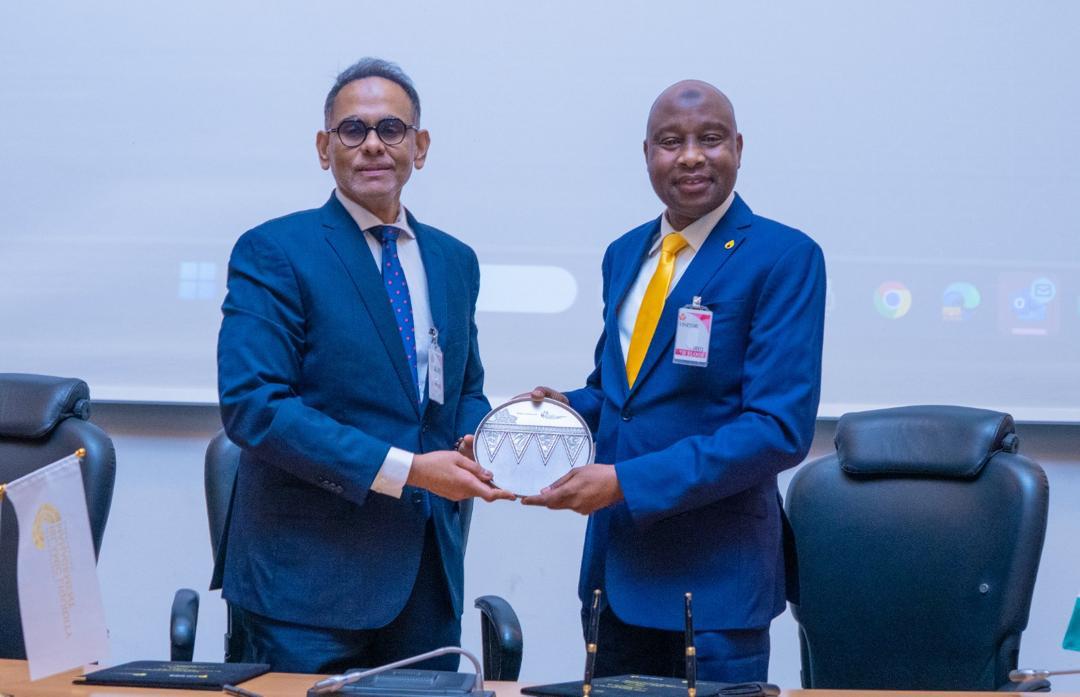Uche Uwaleke
The kernel of the current industrial action embarked upon by the Academic Staff Union of Universities is funding of public universities in Nigeria.
The university teachers are not happy over the non-implementation of the Memorandum of Action (MOA) signed with the Federal Government with respect to revitalisation of public universities.
Owing to increasing demand for university education in Nigeria, the financing needs have become staggering leaving in its wake a huge gap that must be narrowed one way or the other. Unfortunately, poor funding has continued to challenge federal and state universities in Nigeria. Indeed, for several years, allocations to education have been nowhere near the
UNESCO recommended minimum of 26 per cent. For example, in the 2018 federal government budget, education got a total of N541.47 billion (recurrent N439.26 billion, capital N102.21 billion) representing just about 6 per cent of total budget size of N9.12 trillion.
In spite of the growth in the number of private universities in Nigeria, enrolment into public universities has continued to outpace private ones not least because unlike private universities that run market-driven degree programmes, the cost of tuition in public universities is largely subsidised. Education is essentially a public good and so the benefits of university education continue to justify substantial government funding despite competing priorities such as health care and infrastructure.
There is a broad consensus that funding for university education needs to increase, but no unanimity on the best means of financing expansion.
Understandably, the idea of cost sharing has never caught on. The main reason is that given the high level of income inequality in the country, such an approach is capable of constraining enrolments and could actually be counterproductive. Without any doubt, increased output of university graduates is essential to support economic growth and development.
Against the backdrop of dwindling revenue and other competing needs, funding of public universities will continue to remain a challenge in Nigeria except new funding strategies are explored. It needs to be acknowledged that solutions to the challenge of sustainable funding for universities have to go beyond the traditional mechanisms where private finance finds accommodation. One way that universities can tap capital markets is through the issuance of bonds on a securities exchange which enable them to raise large amounts of capital over a very long period.
As a matter of fact, bond issues by universities in the United States are common, particularly among the Ivy League. Some of the biggest US universities, including Harvard, Yale, MIT, Stanford and Princeton, feature in the list of top borrowers. With support from Rating Agencies, they are also becoming popular among Universities in Mexico, Canada and
Britain. Moody’s, one of the leading global credit-rating agencies, has issued ratings for universities in the US, Canada and the United Kingdom. Not too long ago, the University of Oxford successfully tapped the capital market, offering investors a bond with a record maturity of 100 years – the longest in the history of university bonds and longer than any publicly issued UK government bond.
While it is easy to dismiss the capital market option as unviable for public universities in Nigeria, the experience of an Australian university illustrates the possibilities. Following the winding up of the Education Investment Fund, the public body that funds teaching and research in Australian public universities, the University of Melbourne issued US$250 million in bonds in 2014 to build student housing facilities and generally upgrade infrastructure, a move that saw an exponential increase in the number of its international students from Asia, UK and the US according to data by Dealogic.
There is no reason why this cannot work in the Nigerian context. The challenge would be to find a sustainable means of servicing the debt.
Because bond markets tend to favour large and reputable universities and penalise smaller ones through high interest costs, the federal government can encourage the big first generation universities to tap the capital market through the issuance of government-backed bonds. This would entail greater autonomy and responsibility on the part of those universities to ensure that the loans are properly serviced. They will be expected to
harness commercial opportunities in their activities and programmes to generate income. Public universities have the potential to drive development in Nigeria if they find the right environment. For instance, many of our first generation universities have been running civil
engineering programmes for decades. Yet, major construction contracts in the country are undertaken by foreign companies. The result is capital flight, depletion of foreign reserves and constrained job opportunities for Nigerians. To change this narrative, the government can help these universities issue say a 20-year bond for the purpose of upgrading curriculum and developing modern day skills required to execute big ticket jobs not only in Nigeria but also in sub-Saharan Africa. It is from such commercial undertakings that any debt taken from the capital market could be repaid over time. This is just one example. It goes without saying that Nigeria needs skilled manpower to meet broad economic development objectives. To this end, a funding mechanism that ensures that students in tertiary institutions acquire critical skills has significant public benefits. Private capital will be quite useful in this regard. The National Universities Commission should rise to the occasion by regularly ranking universities in Nigeria to stimulate the interest of Rating services.
It is evident that both the federal and the state governments must continue to support university education in a predictable way because failure to do so could result into high expenditure in the future on social welfare programmes as well as low scores on the Human Development Index. The future is clearly in developing creative solutions to the challenge of funding university education. Tapping the capital market through the issuance of government-backed bonds could be one such solution.









